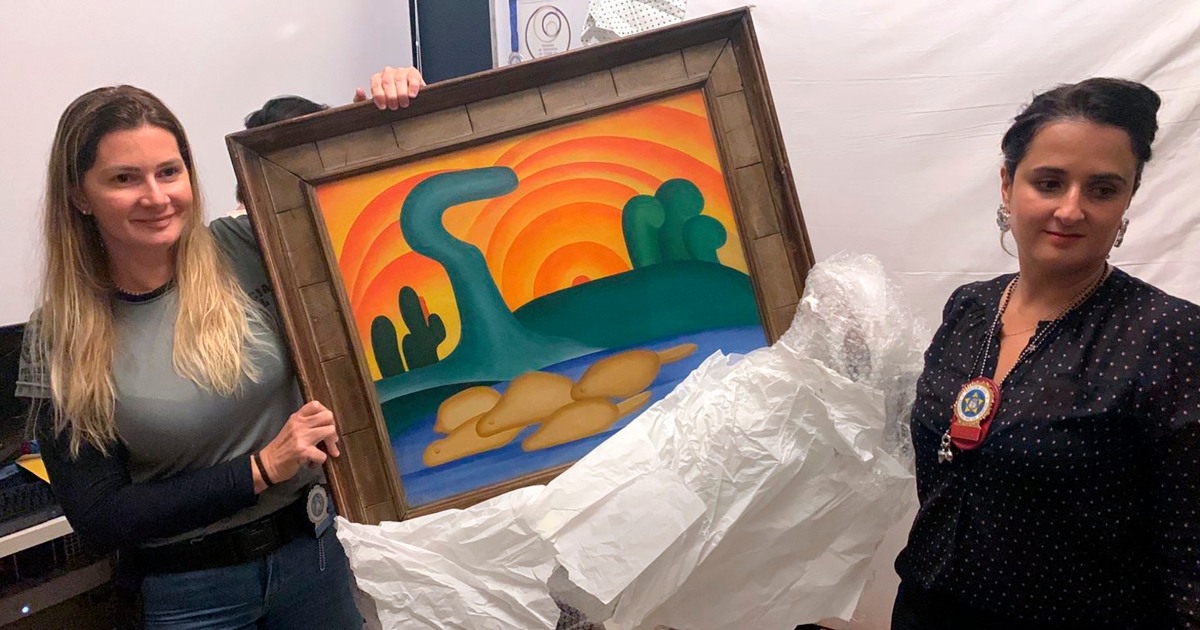La Loge Harlem
2017 - Sculpture (Sculpture)
96.5H x 76.2W x 15D cm (38 x 30 x 5.9 inches)
Abigail DeVille
The work La Loge Harlem focuses on the history of Harlem and its development over the last 200 years. It was a playground for the rich in the 19th century and where Old New York had its summer homes and diversions. The center image is a portrait of the artist’s grandmother when she was 16 in 1949. She and her mother were a part of the Great Migration moving to Harlem in 1943 from Richmond, VA. The glass and images are in reference on racist policing polices and a theory called Broken Windows that started in the early 1980s and which is implemented by the NYPD till today. In practice, Broken Windows has come to be synonymous with misdemeanor arrests and summonses. In New York, the largest city to implement the practice, between 2010 and 2015, police issued 1.8 million quality of life summonses for offenses like disorderly conduct, public urination, and drinking or possessing small amounts of marijuana.
African American artist Abigail DeVille’s large sculptures and installations reflect on social and cultural oppression, racial identity, and discrimination in American history. She received her MFA from Yale University 2011 and her BFA from the Fashion Institute of Technology in 2007. Recent exhibitions include Harlem: Found Ways. Cooper Gallery at Hutchins Center, Harvard University, Cambridge, MA (2017); Urban Planning: Contemporary Art and the City 1967-2017, Contemporary Art Museum St. Louis, MO (2017) and The Intersectional Self, The Studio Museum in Harlem, New York, NY (2012).
Colors:
Related works of genres: » installation and sculpture artist, » american women installation artists, » contemporary artist, » born 1981, » american installation artists
» see more

© » KADIST
Judy Chicago
1969Domes #1 represents a significant moment in Chicago’s career when her art began to change from a New York-influenced Abstract Expressionist style to one that reflected the pop-inflected art being made in Los Angeles...

© » KADIST
Diana Thater
2005In Perpetual Motion (2005) the seemingly erratic flight of the bright orange Monarch butterfly—filmed in its winter habitat of Michoacán, Mexico—is intensified by the artist’s editing in which frames are randomly dropped and the film is sped up...

© » KADIST
Hank Willis Thomas
2013The image is borrowed from protests during Civil Rights where African Americans in the south would carry signs with the same message to assert their rights against segregation and racism...

© » KADIST
Francis Alÿs
2006This series of small drawings is executed with varying materials—pen, ink, colored pencil, charcoal, and masking tape—on architect’s tracing paper...
Related works sharing similar palette
» see more

© » SOUTH CHINA MORNING POST
French artist’s sea-life sculptures amaze and terrify in Hong Kong exhibition at Tai Kwun | South China Morning Post Advertisement Advertisement Art + FOLLOW Get more with my NEWS A personalised news feed of stories that matter to you Learn more French artist Jean-Marie Appriou with some of his sea-life sculptures at his exhibition “Magnetic” at Tai Kwun, Hong Kong...
Related artist(s) to: Abigail DeVille » Agnieszka Polska, » Amalia Pica, » Andre Komatsu, » Aurelien Froment, » Basim Magdy, » Czech Republic, » Emily Roysdon, » Eva Kotatkova, » Joao Maria Gusmao, » Marwa Arsanios
» see more

© » KADIST
Marwa Arsanios
2008Carlton Hotel project is the second part of a research on the Carlton, an iconic building of modernist architecture from the 1960s in Beirut...

© » KADIST
Amalia Pica
2013Memorial for intersections #2 (2013) is a minimalist, black metallic structure that contains the brightly colored translucent circles, triangles, rectangles, and squares that originally were presented in Pica’s performance work A ? B ? C (2013)...

© » KADIST
Aurélien Froment
2008The Théâtre de poche video is inspired by Arthur Lloyd / “Human Card Index”, a magician who was famous for being able to take out of his pockets any image requested by his spectators...
Related works found in the same semantic group
» see more

© » KADIST
Dindga McCannon
2021Dindga McCannon created the radiant portrait Ima: Real Estate Mogul from the Harlem Women’s Series by first stitching material together with a sewing machine and then using more traditional painting techniques to render a portrait of Ima, a woman from Harlem who was a real estate developer from the 20th century...

© » KADIST
Paolo Cirio
2020Capture is a photographic series by Paolo Cirio in which the artist sourced 1000 public images of police officers’ faces and processed them with facial recognition technology...






